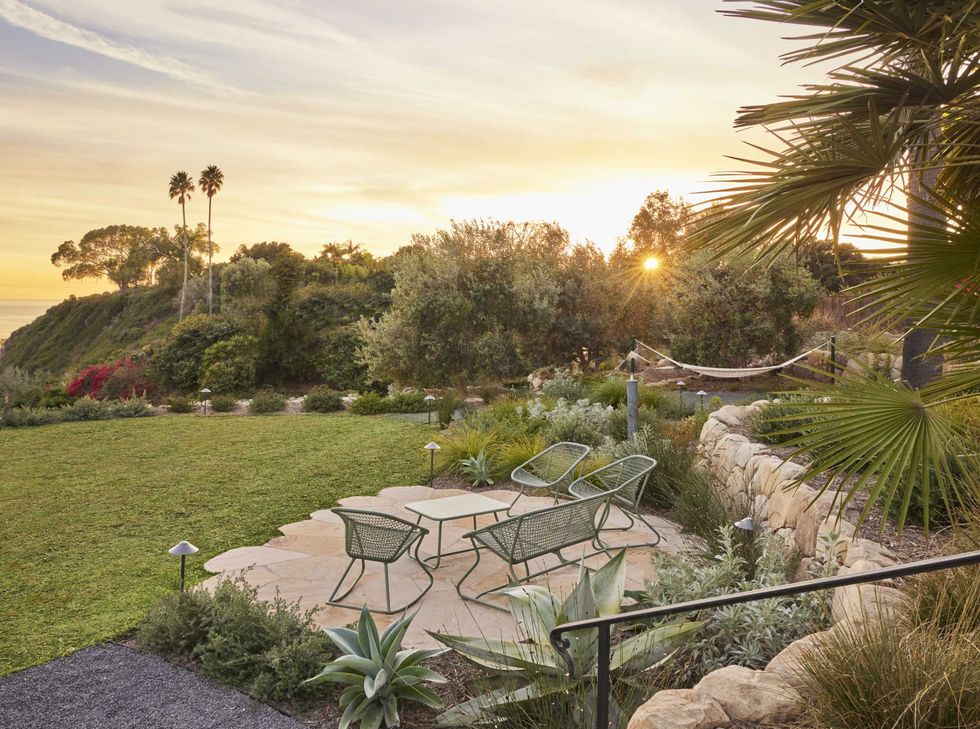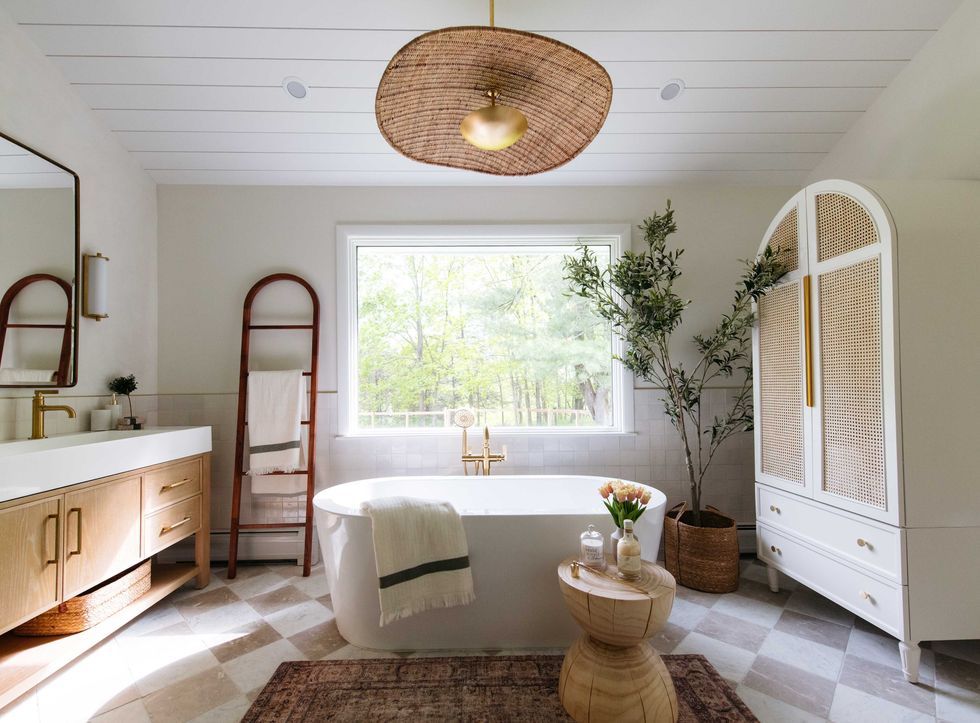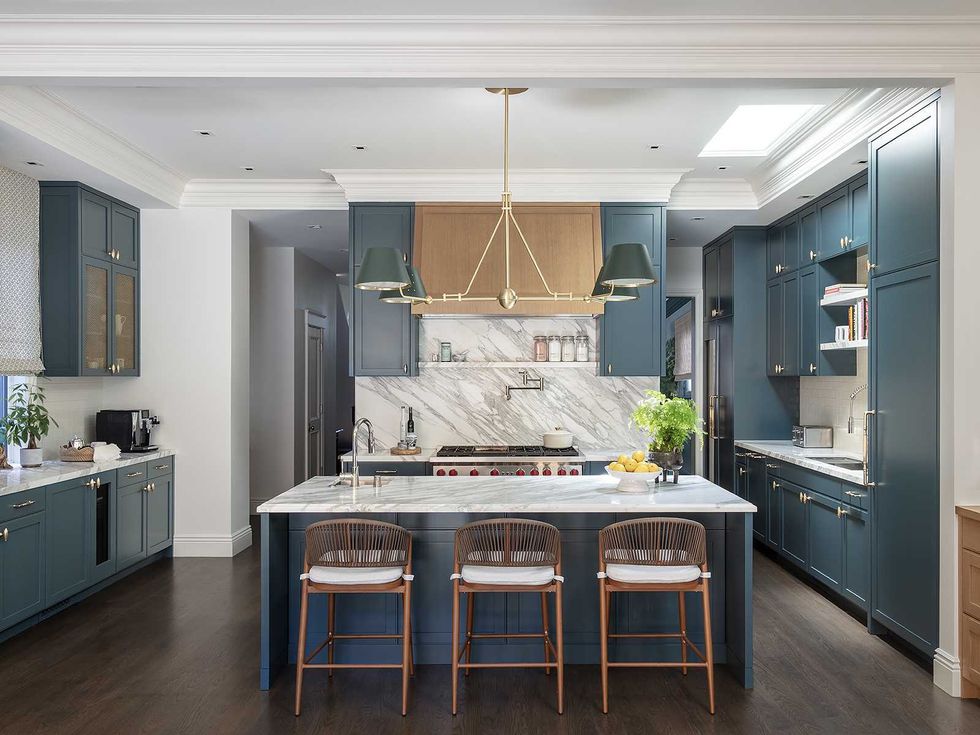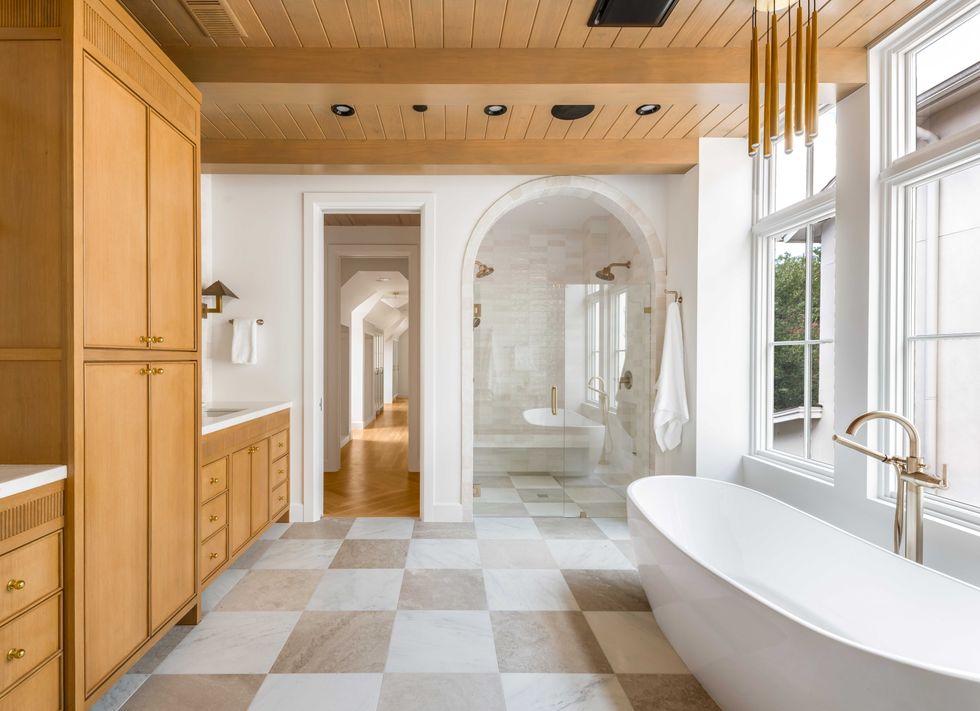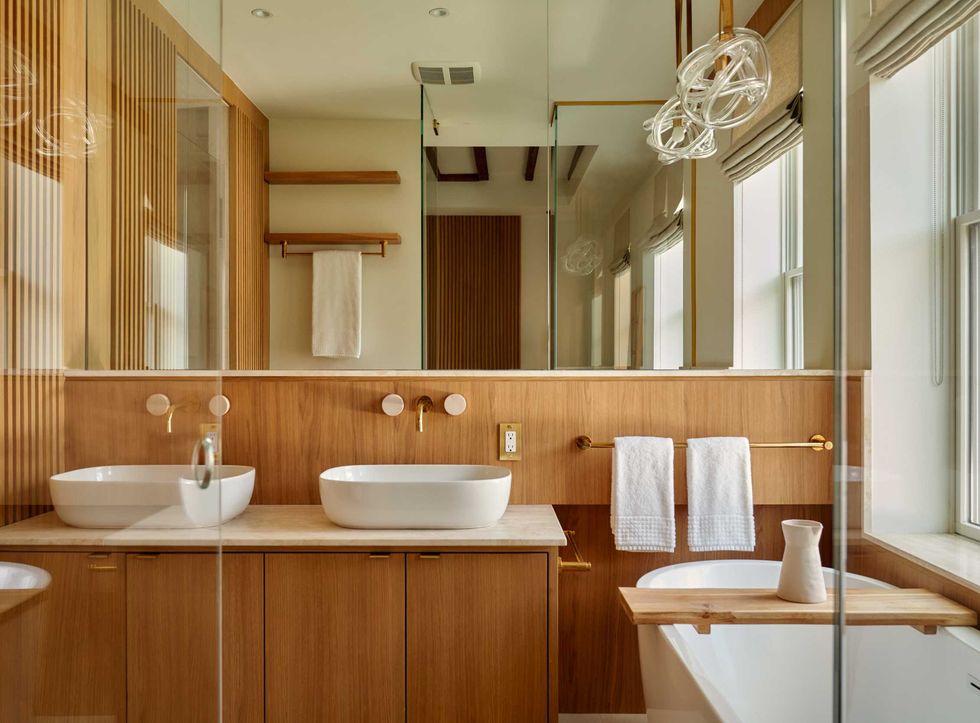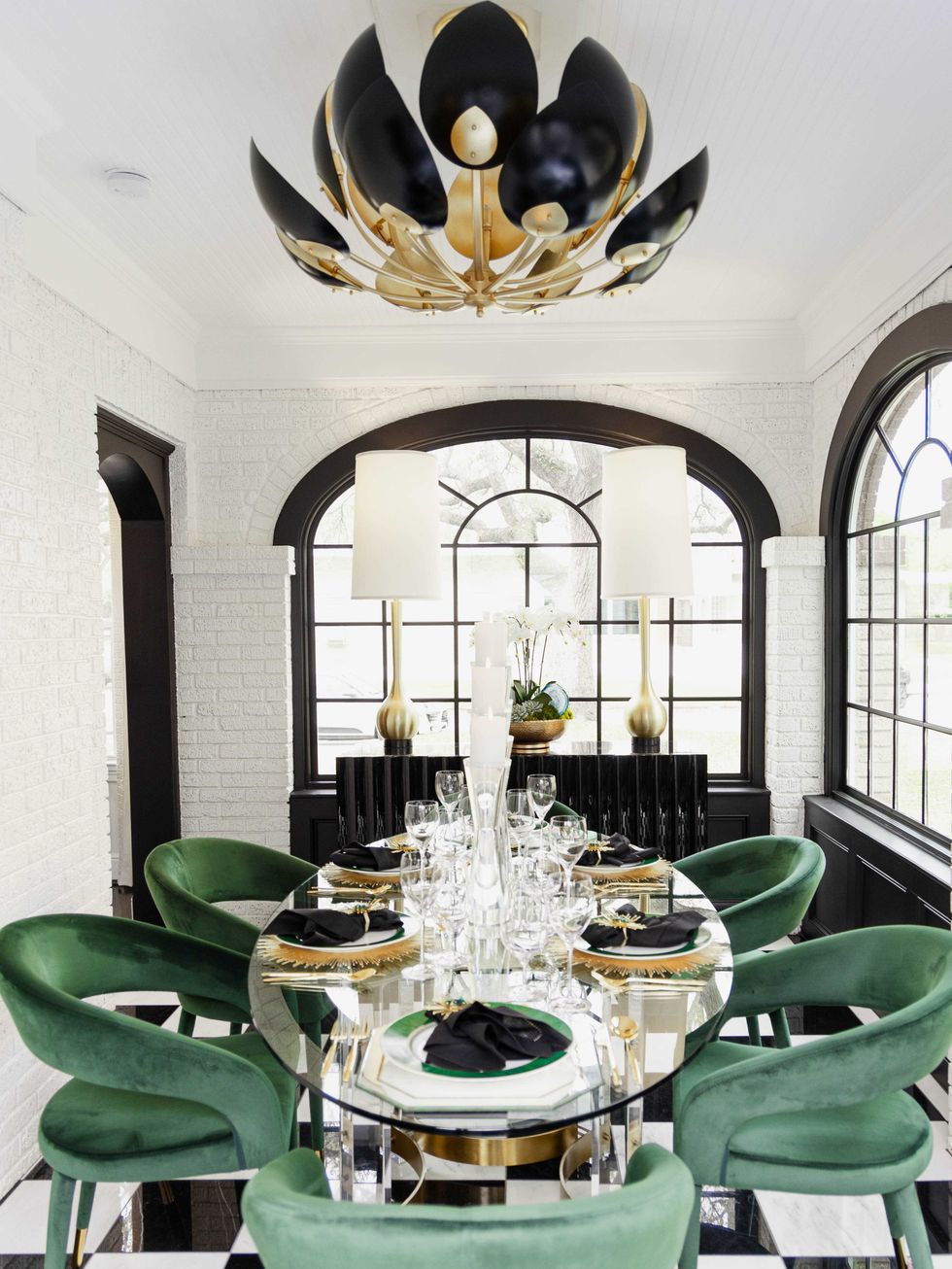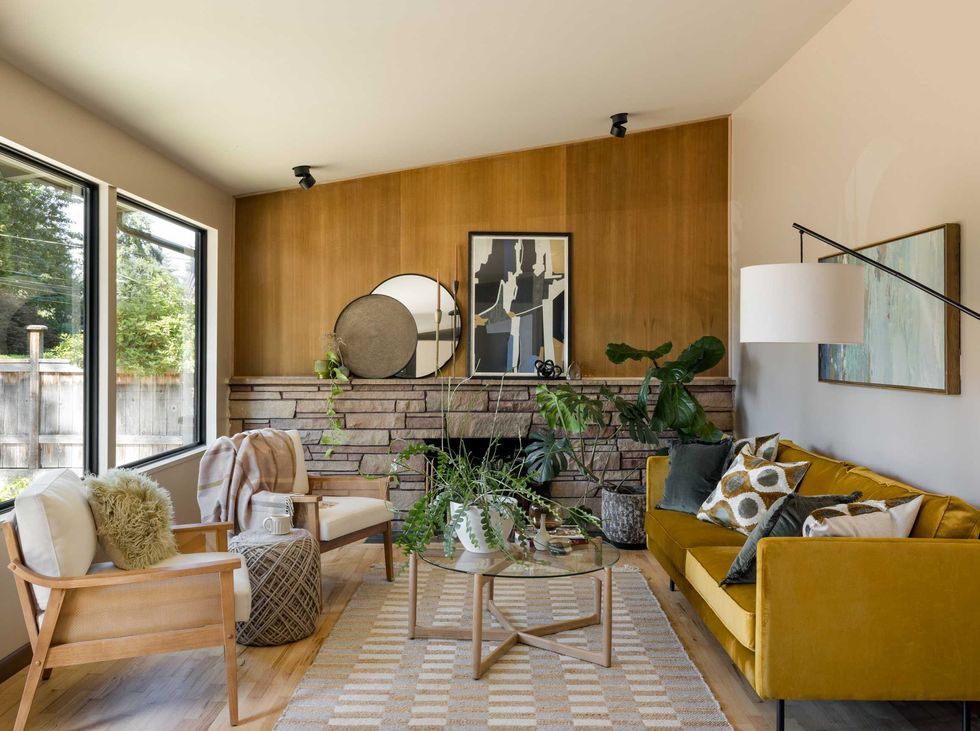Where To Buy Now
The 5 best Fort Worth neighborhoods to buy a house right now
Every day brings another declaration about the hot Dallas-Fort Worth housing market. It’s both difficult to buy and the time to buy. But which ’hood do you choose?
With the inevitable increase in home prices in Fort Worth, the fastest growing city in Texas, we wondered where home values were bound to increase. For the answers, we turned to a few Fort Worth real estate agents to school us on the best neighborhoods to buy right now.
TCU
College campuses consistently provide stability for nearby property values, and the Horned Frogs’ recent athletic success in baseball and football have contributed to the school’s popularity. The campus has invested $430 million into renovating facilities over the last six years, and a drive through TCU shows there’s no sign of a slowdown.
This kind of beautification (plus a $900,000 a year budget toward flowers) directly affects the neighborhoods (or habitats) in 76109. Although some areas, like Colonial and Tanglewood, already are pricey, there are plenty of investment-friendly options.
“In my opinion, the homes values in Westcliff, Bluebonnet Hills, and Forest Park will only continue to increase in the coming years,” says Williams Trew agent Ida Duwe-Olsen.
Homes in these areas are still affordable, with prices starting in the low $300s.
Arlington Heights/Alamo Heights
Just south of I-30 and east of Hulen is an under-the-radar section of Arlington Heights. This unsung area includes homes surrounding Arlington Heights High School and Central Market. The location benefits from proximity to restaurants on Camp Bowie, the Cultural District, and West 7th, and downtown.
“Homes are turning over quickly right now, and the price per foot keeps going up as people discover this neighborhood that has been right under our noses for years,” says Bloom Real Estate Group broker and owner Mary Carolyn Gatzke.
Fairmount
This charming and eclectic area is the largest historic neighborhood in the southwestern United States. Craftsman-style homes and bungalows from the late 1800s line the streets of Fairmount. The area has experienced resurgence over the last 10 years, thanks to local bars and restaurants popping up along Magnolia Avenue – one of the great revitalization success stories.
The avenue got a complete facelift beginning in 2008, which resulted in brick sidewalks, lampposts, benches, and lighted trees. And the amenities extend beyond Magnolia.
“The Southside of Fort Worth provides the convenience of being close to the hospital district, downtown, and TCU,” says Alexander Chandler agent Emma Gardner. “There are still opportunities for a buyer with ambition to take on a fixer-upper.”
Prices in this area are still affordable, beginning in the high $200s, but all signs point toward an increase in home values.
Mira Vista
Homebuyers with larger budgets who want a good investment might look toward Mira Vista. Prices there haven’t increased as quickly as other high-end areas because the neighborhood’s location on the south side of I-20 is more difficult to access than those further north.
But the opening of the Chisholm Trail Parkway (a 27-mile toll road extending from downtown Fort Worth to Cleburne) has cut the drive time from Mira Vista to the center of town to less than 20 minutes.
“This opens up a whole new buyer pool not just for Mira Vista but all of the neighborhoods along the toll road,” Gatzke says.
Meadows West/River Park
Development is booming near the Trinity River in Fort Worth, both in terms of residential and retail developments. Waterside, the 63-acre, mixed-used development currently under construction at Arborlawn and Bryant Irvin, will be anchored by Fort Worth’s first Whole Foods and has announced other tenants such as Taco Diner and a signature hotel.
The urban villages of Meadows West, approximately two miles to the south, and River Park, directly to the west, will likely benefit from the new development. Large three- and four-bedroom homes, ideal for growing families, can be purchased for prices in the high $300s and low $400s in both of these areas.
“You get newer construction without having to live in suburbia with each of these urban villages,” Gatzke says.
Built in 1929, 2741 Willing Ave. [http://www.realtor.com/realestateandhomes-detail/2741-Willing-Ave_Fort-Worth_TX_76110_M77255-75457] in Ryan Place is listed for $295,000, with a sale pending.
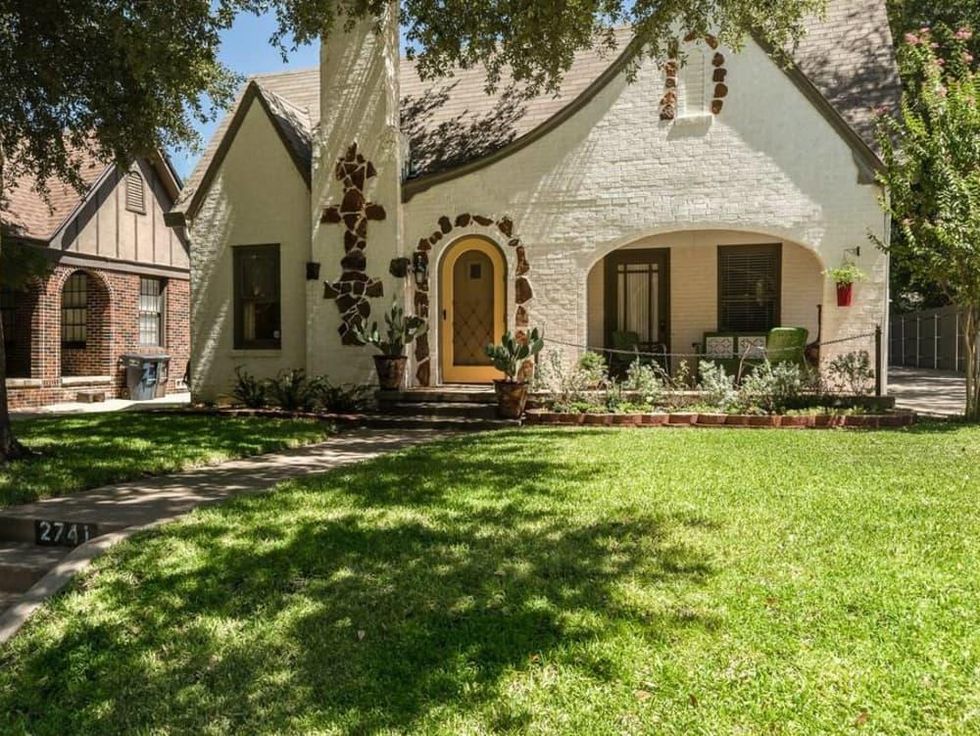
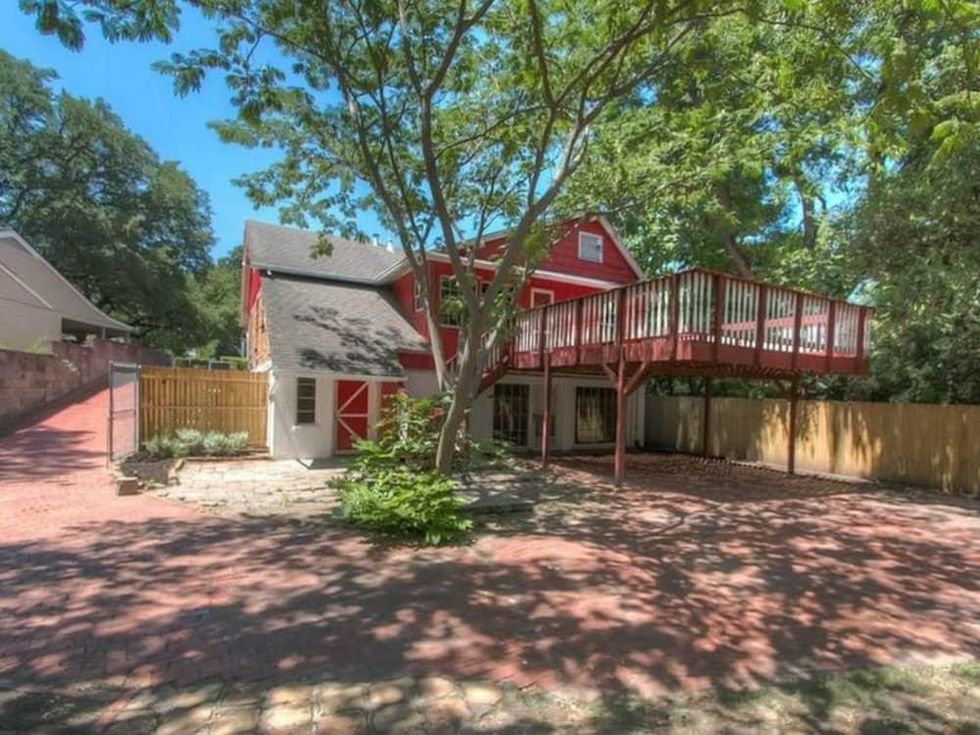
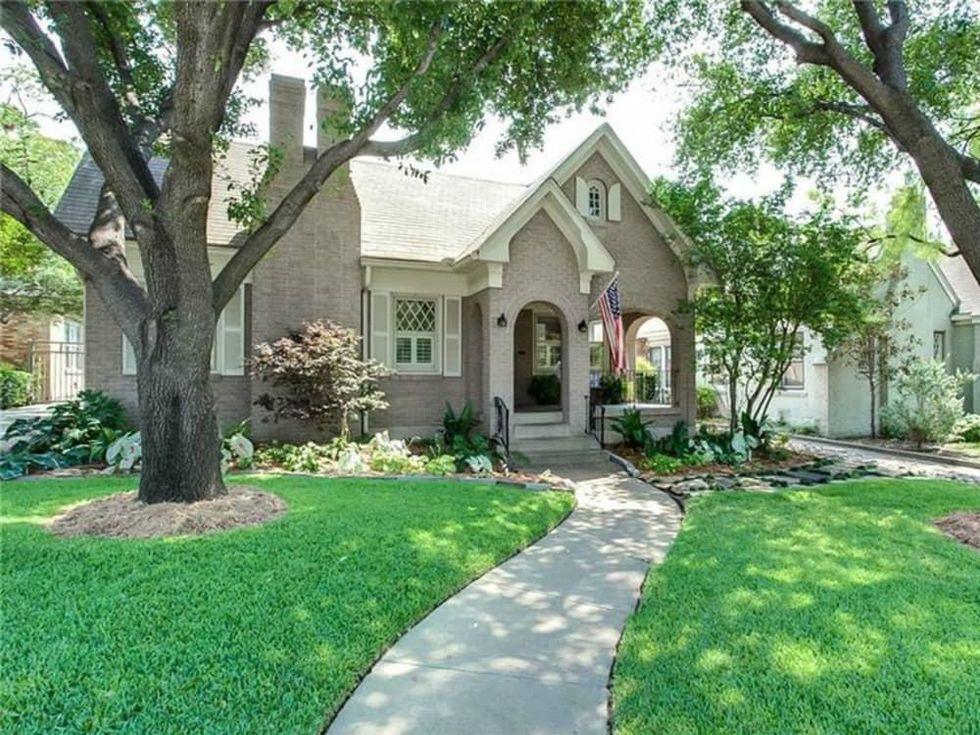
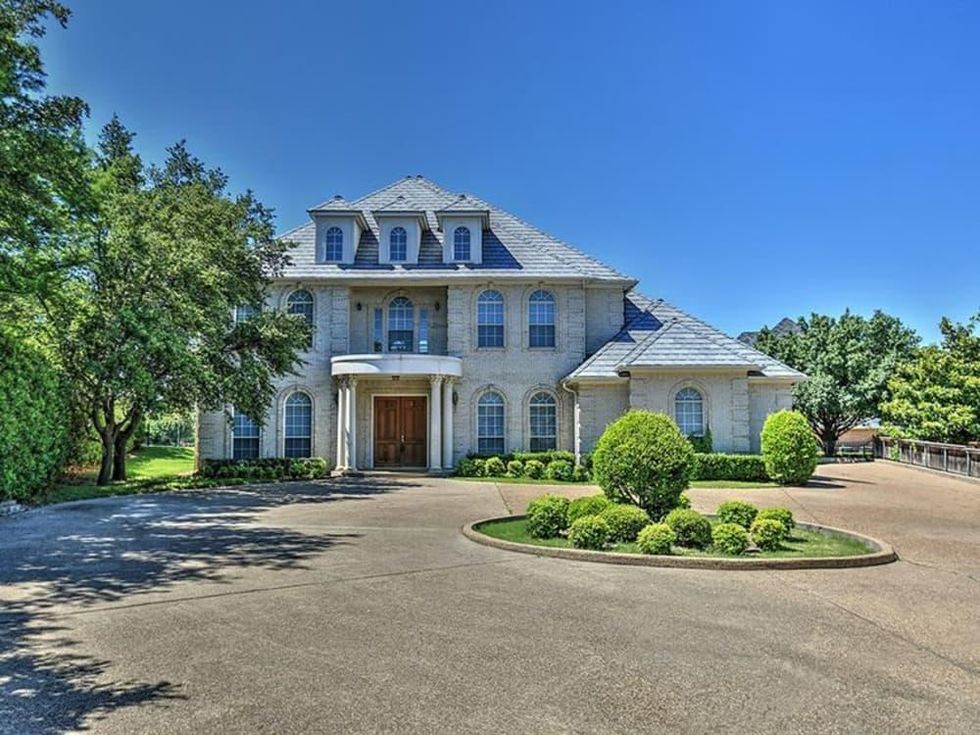


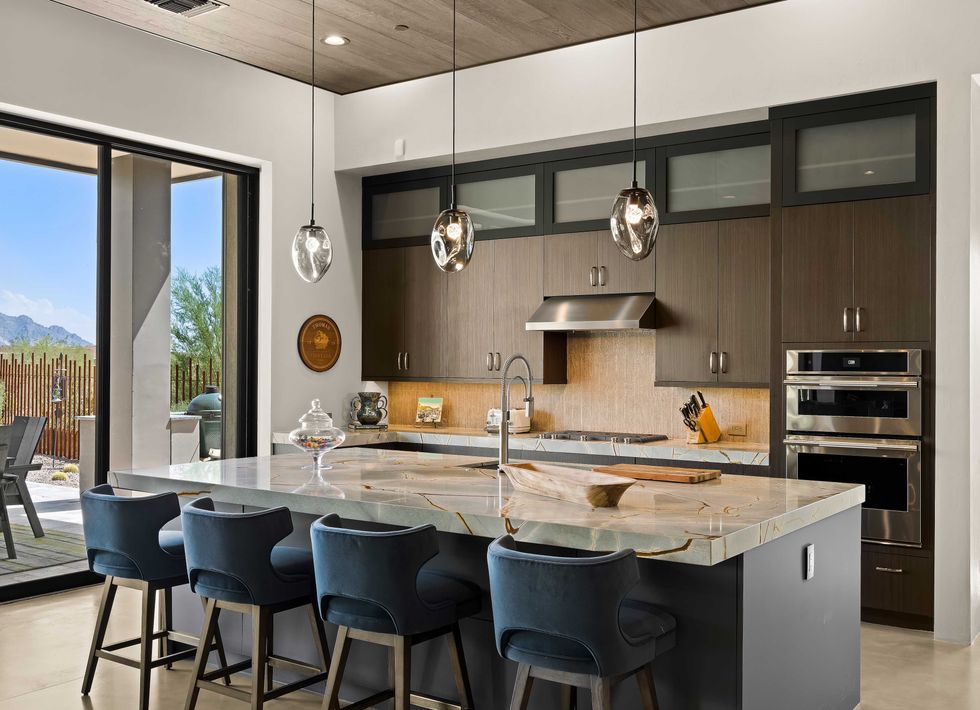 Flat-panel cabinetry provides a seamless look that is also practical for being easy to clean.Photo by JM Real Estate Photography / Celaya | Soloway Interiors
Flat-panel cabinetry provides a seamless look that is also practical for being easy to clean.Photo by JM Real Estate Photography / Celaya | Soloway Interiors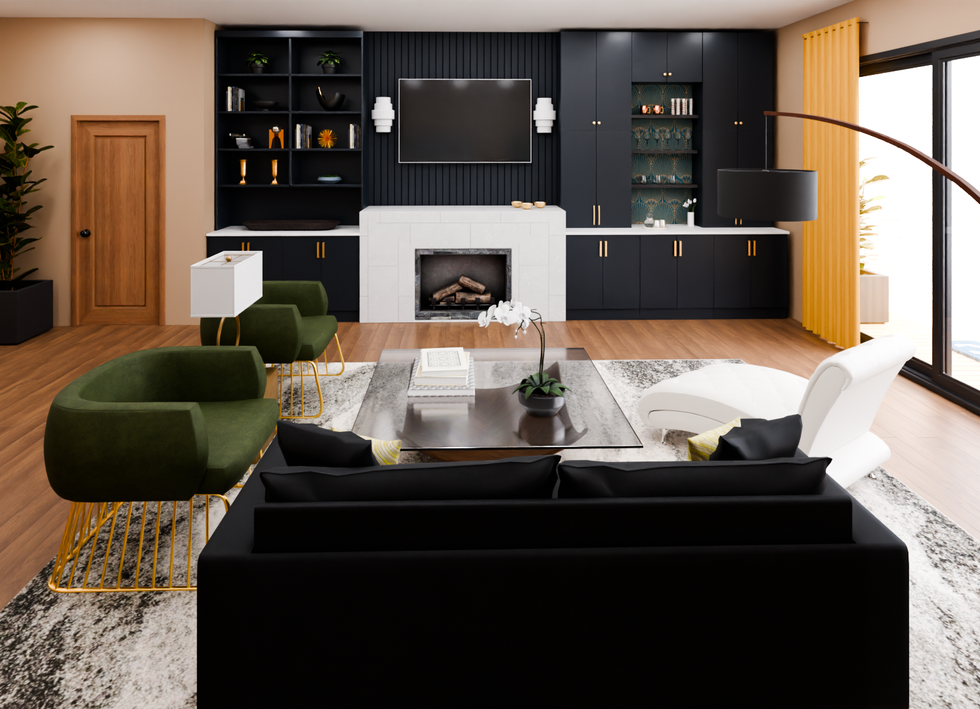 This built-in wall combines a bar with the fireplace, TV, decorative shelving, and closed storage spaces.Rendering courtesy of Houzz
This built-in wall combines a bar with the fireplace, TV, decorative shelving, and closed storage spaces.Rendering courtesy of Houzz